Physical Education and Sports in Singapore Schools Through the Last Millennium (Part I)
Librarian Wee Tong Bao traces the development of physical education and sports in Singapore from colonial times.
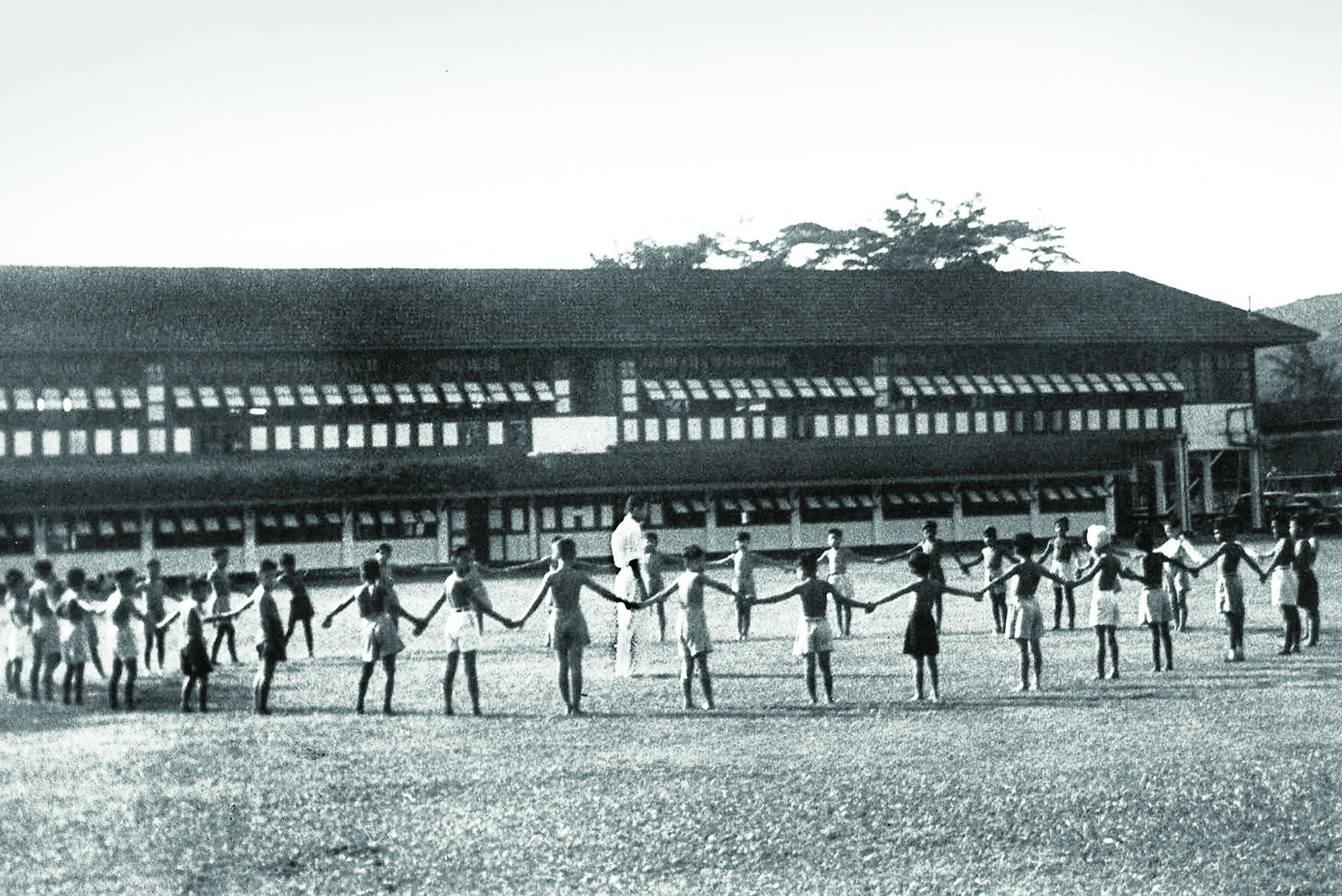
Introduction
The year 2010 marks a significant milestone in Singapore’s sports calendar, in particular, youth sports, as Singapore will be hosting the first Youth Olympic Games in August. Though a young nation state, the development of its physical education and sports in Singapore has come a long way since colonial times.
The laissez faire arrangements of the early years that left schools to determine their own programmes for physical education changed in the years following independence when there was greater emphasis on physical training in schools leading to the creation of a national physical education syllabus.
In the early years, physical education was not considered a part of a school’s formal curriculum and was left to the initiative of the school’s administrators. This was symptomatic of the way schools were organised in the colonial days, when most schools were administered by the private sector and the government operated only a handful of English and several dozen Malay schools. By and large, there were mainly two branches of education: English medium schools (Lun, p. 3) and vernacular schools where students were instructed in the vernacular languages of Malay, Chinese or Tamil. While the English schools were mainly the concern of the government and Christian missions, the private sphere administered the vernacular schools, with the exception of government Malay schools. Under this variegated system of schools, there was no central body overseeing the general development of physical education in schools and, as a result, disparities occurred among the various branches of schools then. In the early days, “gymnastics” or “hygiene” was considered physical education (Koh, p. 4).
The Formative Years, 1916—1924
Physical education in schools in the pre-war period was pretty dismal as physical training in schools was largely an ad hoc affair. In 1916, students in English schools were usually given physical exercises, “often to the accompaniment of music”. Games were not much encouraged because there was simply “not enough ground available for school recreation purposes” (SSAR, 1916, p. 260—62). This lack of space for physical education lessons in schools persisted throughout the 1920s (SSAR, 1922, p. 211).
Other obstacles that prevented physical exercises from being more widely conducted then included the lack of interest on the part of teachers who did not recognise the “value of drill”. It was also noted that “the sarong which often gets very loose round the waist while the boy is drilling is quite unsuitable for this type of exercise” (Ibid, p. 260).
This poor state of physical exercises and activities in schools was addressed at the 1918 Education Conference held in Kuala Lumpur. The conference encouraged more games to be played in schools and implored educators to improve the overall state of physical education. For this to happen, two conditions had to be met – changing the attitude of schools’ administrators towards games and physical education and making available space for such activities. The conference advocated the organising of “inter-school and inter-state competitions” (SSAR, 1918, p. 601). Following this, “a very successful meeting (inter-school sports)”…was held on the Singapore Cricket Club grounds” in 1920 (SSAR, 1920, p. 260). The vision conceived at the 1918 conference also prompted private organisations to offer their assistance and facilities. The Young Men’s Christian Association (YMCA) also opened its swimming pool to schools. By 1920, 2,117 boys had swum in that pool. The Physical Education Director of the YMCA, J.W. Jefferson, also conducted a drill class for teachers “based on the 1919 Syllabus of Physical Exercises issued by the English Board of Education” (Ibid.). From the 1920s, School Swimming Championships were held and more organised games were introduced to the schools: volleyball, basketball, football and cricket. By 1921, it was noted that classes for physical training had become “part of the regular curriculum” in some schools (SSAR, 1921, p. 206).
In addition to the swimming championships, more interschool competitions were starting to be organised. In August 1922, an Inter-School Athletic Meeting was organised and vernacular schools took part for the first time in the Sir Arthur Young Cup (SSAR, 1922, p. 212). In fact, interschool competitions continued to gain more attention in the following year. In the swimming championship, a cup was presented by A. E. Braddeley. Inter-school matches included football and volleyball. Considering that the two sports were introduced to schools only in 1921, it was noteworthy that it had reached a competitive standard within the span of two years (SSAR, 1923, p. 111). By 1924, additional school competitions had been introduced, such as Drill and Organised Games Competition, Inter-school Sports and an Inter-school Swimming Carnival (SSAR, 1924, p. 189).
Another milestone in the development of Physical Education in schools in 1924 was the appointment of a Superintendent of Physical Education for the Straits Settlements (SSAR, 1924, p. 184). His main duty was to train teachers and to provide supervision to schools for sports and games (Ibid.).
Progress and Standardisation, 1925—1932
One of the practices started by the new Superintendent of Physical Education was to have all government schools follow the syllabus of physical education as used in England (SSAR, 1935, p. 216). This was to correct the discrepancies he observed in the standard of work among different classes in schools (SSAR, 1925, p.216). However, as he had split his attention among the schools of the Straits Settlements, progress on this front was slow. Nevertheless, he was able to introduce a new physical education textbook, “Kitab Senam” (Ibid, p. 224), to all government Malay schools. By 1927, the Superintendent of Physical Education was also able to conduct refresher courses for teachers who held the Elementary Physical Training Certificate (SSAR, 1927, p. 163).
In 1927, the post of Superintendent of Physical Education was upgraded to Chief Superintendent of Physical Education (Straits Settlements). In 1928, classes were conducted by the Assistant Superintendent of Physical Education for students-teachers and certified teachers in English schools (SSAR, 1928, p. 225). A training class was also started for the students in the normal class. Overall, “distinct improvement was noted in both boys’ and girls’ schools” (Ibid, p. 229) and this was due to the change in the mindset of school principals who started showing greater interest in the arrangement of outdoor activities for students (Ibid, p. 230).
By the late 1920s, it was common for schools to conduct organised physical exercises and games. In the girls’ schools and Malay vernacular schools, folk dancing gained popularity. Five out of six girls’ schools offered it as part of their physical training. In the Malay vernacular boys’ schools, “Malay folk games were taught and played daily in the lowest classes of all schools” (Ibid, p. 238) and “Rhythmic Exercises were practiced by these pupils … [who used the] … adaptation of pantun or Malay lullaby” to accompany their physical activities (Ibid, p. 238). The Assistant Supervisor in Singapore also provided simple Swedish exercises for use in the Malay girls’ schools (Ibid.).

By 1929, almost all schools made time for “at least three twenty minutes periods of Physical Instruction in the course of a week for each class” (SSAR, 1929, p. 913). The perseverance of the Superintendent of Physical Education and his assistant in conducting lessons paid off as “nearly all the teachers, men and women, had qualified themselves to teach physical exercises and were putting into practice fairly satisfactorily the general principles which they have been taught” (SSAR, 1929, p. 913). By this time, four of the girls’ schools were holding their own sporting meets (Ibid, p. 922). It is believed that the “house” system instituted in the girls’ schools at this point played a role in enhancing the level of enthusiasm for sports among the students. From 1930, daily Physical Education lesson plans were available in Malay boys’ schools during break time (SSAR, 1930, p.740).
A female Supervisor of Physical Education was added to the Education Department in 1930. She was tasked to oversee the physical training in girls’ schools (namely, the English and Malay girls’ schools) (SSAR, 1930, p. 768). Thus, with the Assistant Superintendent of Physical Education and the new female Supervisor of Physical Education, the department was able to conduct regular training courses for trained teachers as well as normal class students (SSAR, 1930, p. 763—764).
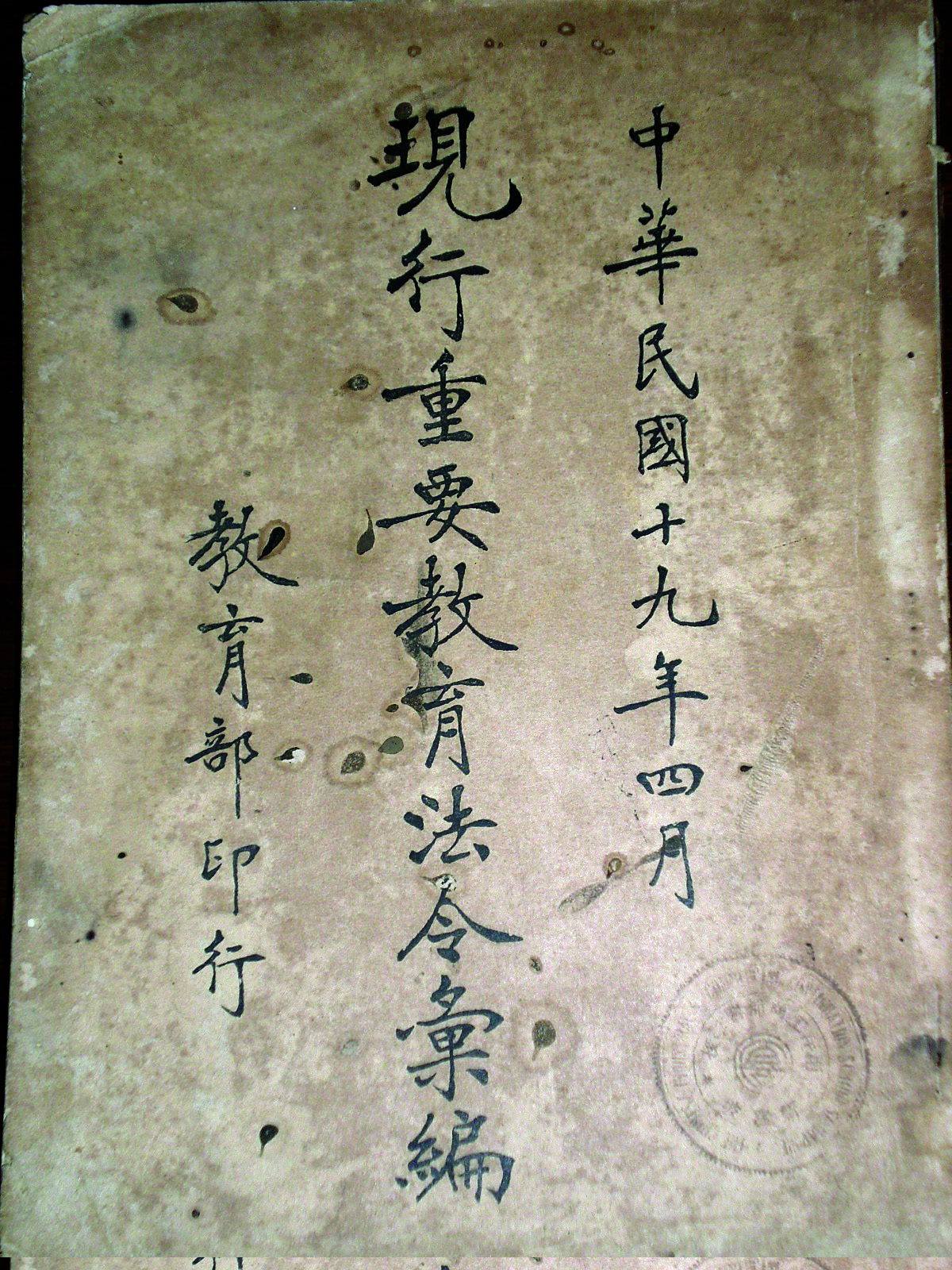
Similarly, some teachers in Chinese vernacular schools attended a post-primary physical training course at the Nanyang Physical Training School (SSAR, 1930, p. 767). The Chinese vernacular schools in Singapore at times continued to look towards China for curricular support. As early as 1930, China’s Ministry of Education issued a syllabus on education, covering various aspects such as overseas Chinese education, syllabus for physical training, attire, etc (Ministry of Education, China, 1930). Textbooks on physical training were also published for schools in and outside China, for example,《初中学生文库课 外运动田径》(Track and Field for Lower Secondary Students). In contrast, English schools still did not have any centralised institutions for physical training at this point (SSAR, 1931, p. 833), although teachers of English schools could attend “refresher courses” organised by the Education Department (SSAR, 1932, p. 778).
Difficulties & Developments in the 1930s
While significant progress had been made, several reversals occurred in the 1930s when the Great Depression greatly impacted the education scene. The posts of Assistant Superintendent of Physical Education and female Supervisor of Physical Education were removed in 1932 (SSAR, 1932, p. 765—766). By 1933, the post of Chief Superintendent of Physical Education was also abolished and replaced by that of Superintendent of Physical Education (SSAR, 1933, p. 623).
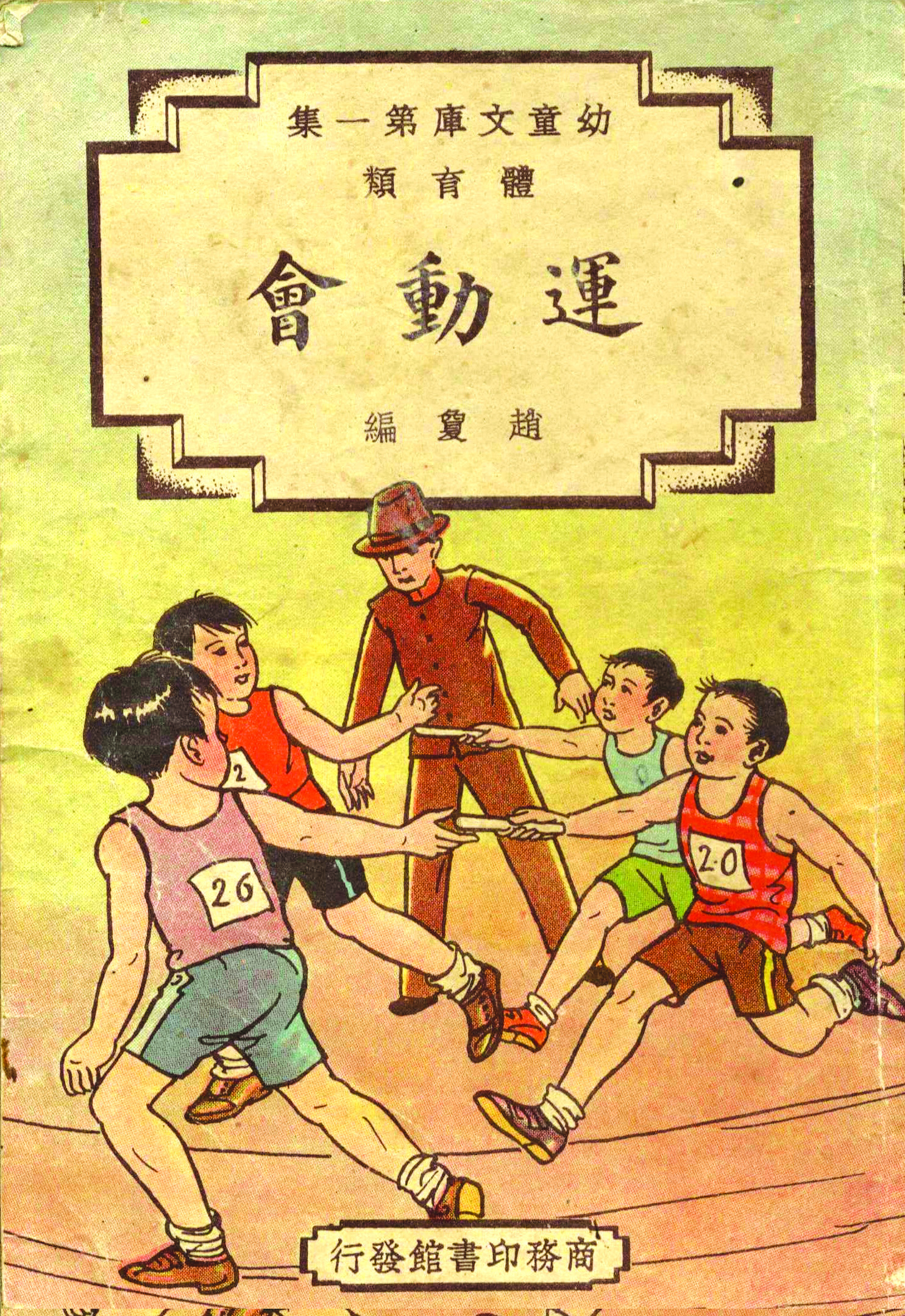
Despite the minimal training and supervision provided, the range of sports played in schools expanded to include boxing. The sport was played in Outram School and St. Andrew’s School, and the two schools played against each other during a contest on 2 August 1930 (“Contests at Outram School Next Thursday”, The Straits Times, 2 August 1930, p.13). At the same time, the town convent also started a hockey team (SSAR, 1933, p. 637) and badminton was played whenever suitable space was available (Ibid, p. 654).
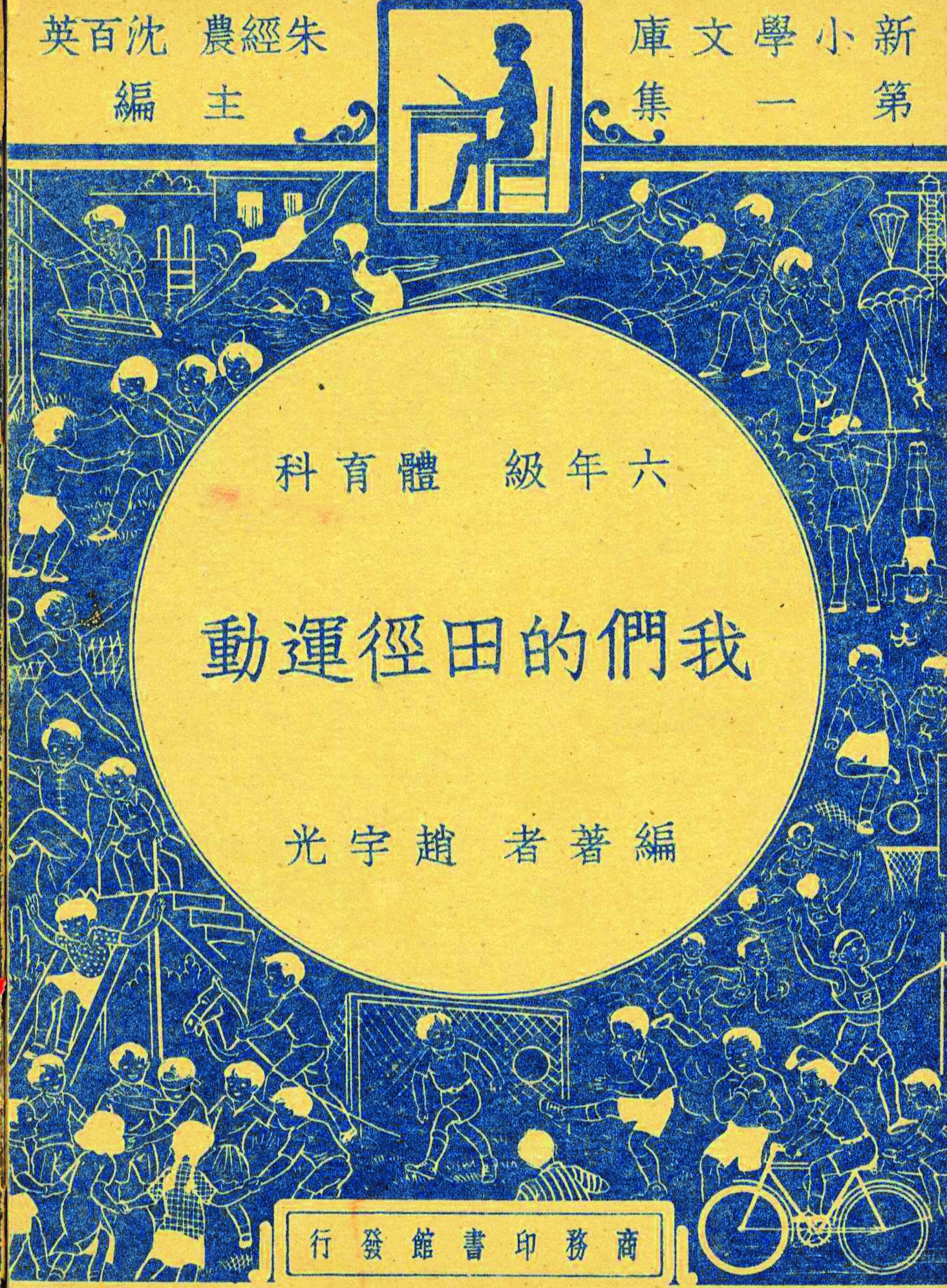
On the whole, most schools had physical education lessons and had tried to provide organised games as best as they could. The usual games such as association football, cricket, hockey, volleyball, basketball, badminton and tennis were played in secondary boys’ schools (SSAR, 1932, p. 796). In junior schools, swings, see-saws and chutes were the main physical exercise facilities. Over in girls’ schools, mainly organised games were provided as none of them had full-size playing fields. Dancing and singing games were taught in smaller schools while “netball, tennis, badminton and rounders were played at the larger schools” (Ibid, p. 793).
The government and the Chinese schools started the first Combined School Sports Meet in 1936. More than a thousand students from 69 schools participated in the two-day event held at Jalan Besar Stadium (ST, 1 Aug 1936, p.15).
Though stretched, the Education Department continued to provide support and guidance to the schools where it could. Lesson plans were made available to teachers in 1933 when the Board of Education made available a syllabus (SSAR, 1934, p. 785). In 1936, a special course in folk dancing was conducted for teachers in English girls’ schools (SSAR, 1936, p. 261).
As much as the Education Department tried to maintain the standard of physical training, the development of physical education was still handicapped by three key factors, namely, shortage of well trained teachers, lack of equipment to properly carry out the stipulated lesson plans and shortage of facilities like halls or rooms to carry out indoor floor exercises (SSAR, 1937, p. 188). In times like this, the teaching community received assistance from other agencies such as the Singapore Municipality which permitted the use of vacant lands near schools for students to play basketball, volleyball and badminton (SSAR, 1936, p. 265).
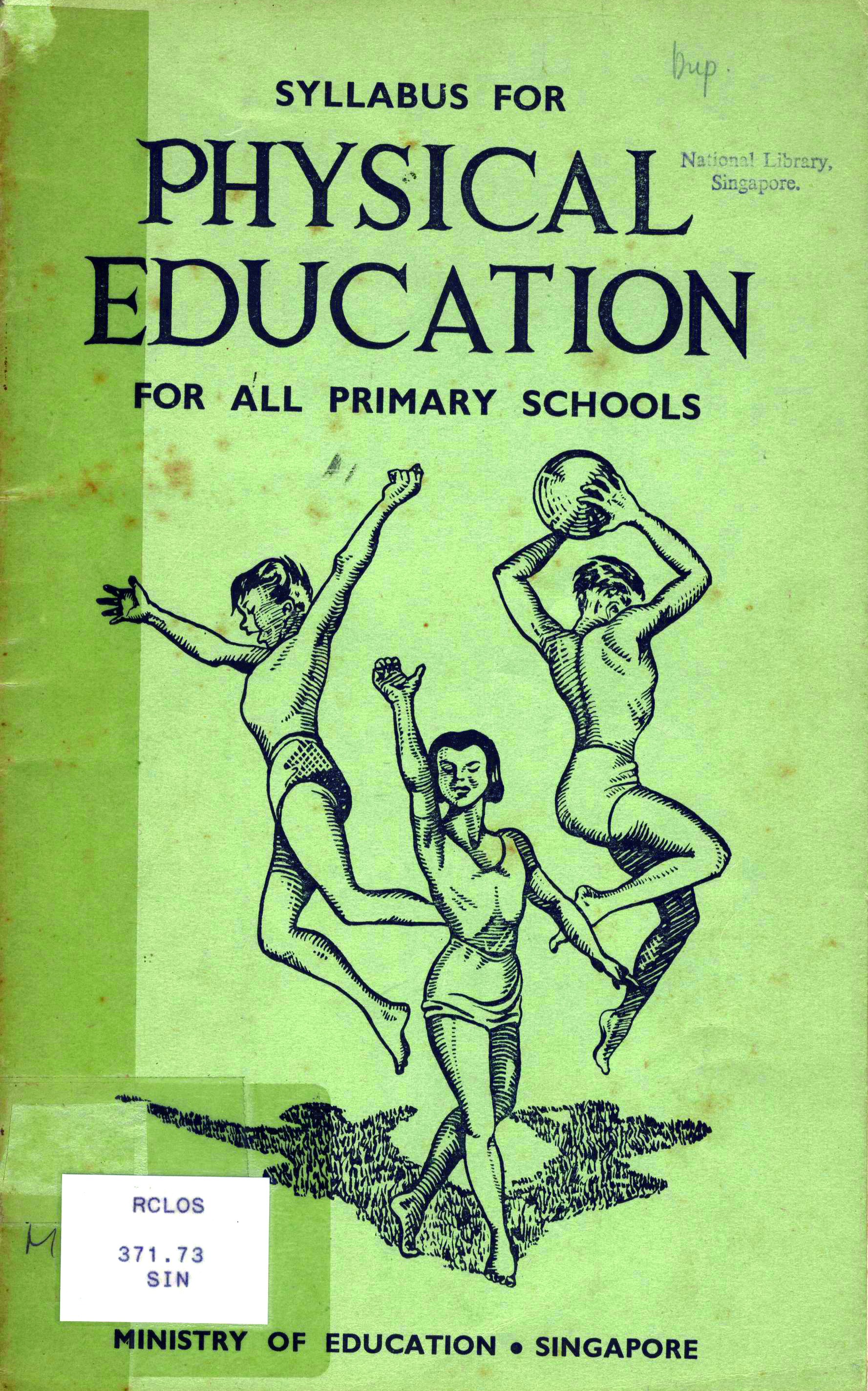
In 1938, when the economy improved, an Assistant Superintendent of Physical Education was again recruited. The year was also noteworthy for another reason: the traditional clothes worn by boys for physical training in the Malay schools were finally replaced by shorts and shirts, “the uniform common to many schools” (SSAR, 1938, p. 652). By this time, “Annual Sports [meets] were held by practically all schools” (Ibid, p. 709). And as much as the Education Department could, it extended assistance to the Chinese schools by organising inter-school sports among them (Ibid, p. 710).
Training and Syllabus during the Recovery Years, 1940s
After the Japanese surrender in 1945, the re-establishment of schools and education in Singapore was placed under the British Military Administration (BMA). R. M. Young was made the Deputy Director of Education while R. W. Watson-Hyatt, the Assistant Director for Chinese schools. They had an uphill task as many school buildings had been destroyed or damaged and there was a general “lack (of) furniture, books and equipment” (AR, 1946, p. 5). Hence, classes were conducted in overcrowded classrooms while students had difficulty finding transport to and from school (Ibid.). Nevertheless, by the end of 1945, there was a total enrolment of 38,719 students in 37 English, 66 Chinese and 21 Malay schools (Ibid.). And “physical training was resumed as much as the limited space and shortened school hours allowed” (Ibid, p. 14).
One of the first measures taken at this point to reinstate Physical Education in schools was to deploy “guru khas” (visiting teachers) who assisted with the implementation of games and physical training in Malay boys’ schools (AR, 1947, p. 61). A probationary Assistant Supervisor of Physical Education was also appointed for Malay girls’ schools. The first batch of Normal class student-teachers for English schools received 22 half-hour lectures in physical training while Chinese school teachers attended a vacation course (Ibid, p. 63). The Education Department also issued copies of the official training syllabus to all English schools and a revised syllabus to Malay boys’ schools by the end of 1947 (Ibid.).
At this time, help and guidance for vernacular schools came in the form of demonstration classes conducted by the staff of the Education Department and a simple syllabus given to Tamil schools which had the least resources (Ibid, p. 62). By 1949, despite the language barrier, the former European female Superintendent of Physical Education was asked to conduct classes for women teachers in Chinese schools. A new training syllabus was used for these classes (AR, 1949, p. 107). An example of such a syllabus issued by the Education Department was the《华校小学体育教材》(Lesson Plans for Chinese Primary Schools) published by the Inspectorate of Chinese Education (马来亚联合邦:华文副提学司公署发行). A more substantive syllabus in Tamil was also prepared in 1949 (Ibid, p. 108).

The use of a physical education curriculum in vernacular schools had been largely left to their own discretion. As a result, the development of the physical education curricula among schools had been uneven in the early years. Chinese schools, for example, had benefited from the wider publishing tradition of Chinese school textbooks which included physical education materials. However, this was not the same for Tamil schools.
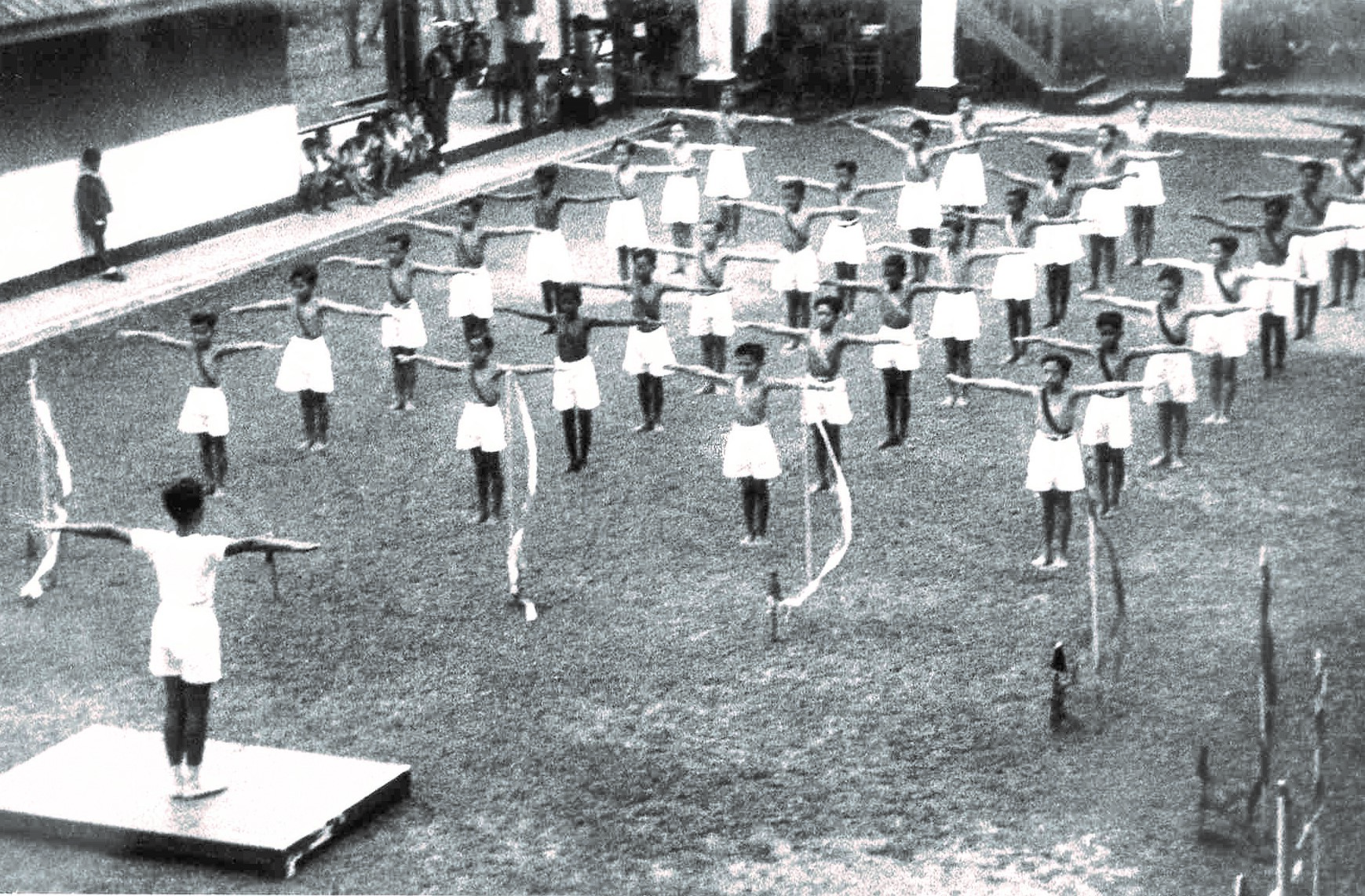
In 1947, among the textbooks available outlining lesson plans for physical training were《团体游戏》(Group Games);《我们的球戏》(Our Ball Games);《户内外游戏》 (Indoor & Outdoor games);《几种球类运动》(Some Ball Games);《几种技巧运动》(Some Gymnastics Moves);《我们的 田径运动》(Our Track and Field Sports);《国术讲话》(Lessons on Martial Arts);《运动会》(Sports Meets). In 1953, the Nanyang Siang Pau Press printed《实用体育行政》(Practical Physical Training Administration).
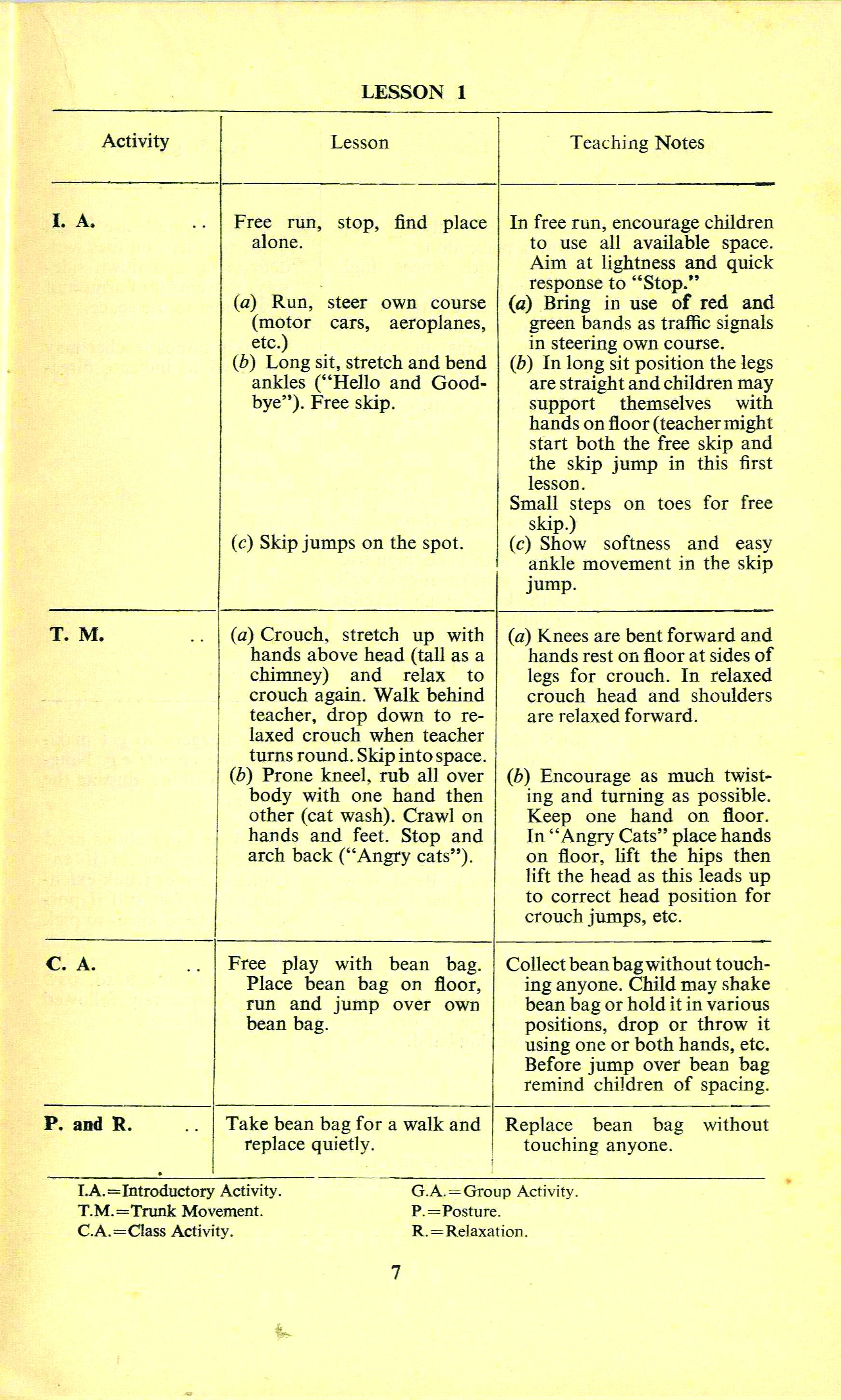
Winds of Change, 1950s
Fundamental changes occurred in the 1950s. In 1951, the Education Department awarded a scholarship to Joseph David to study at the Loughborough Physical Education College (AR, 1951, p. 90). He returned from his studies in 1954 and became one of the first of many specialists in the field. It was important for the professionalisation of the teaching of physical education to have properly trained and certified teachers to plan, organise and administer a properly developed curriculum. In 1955, physical education was finally offered as a subject in the Teachers’ Training College (established in 1950). In the triennial survey of the Ministry of Education, it was reported that there were six specialists in physical education in Singapore – four were based at the Teachers’ Training College while the remaining two were attached to the Education Inspectorate (Triennal Survey, 1955—57, p. 141). A new syllabus was also issued in 1957 to replace the one that had been in use for some time. It outlined 56 lesson plans for primary schools, including guides to teachers and the equipment required. A Chinese edition of this syllabus was made available in 1959.

To be continued in the next issue
Part 2 will cover the national syllabus for physical education and specialist training for teaching staff and administrators. In addition, the role of various agencies in promoting competitive sports and encouraging students to participate in regional and international events since independence will be covered.
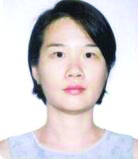
Librarian
Lee Kong Chian Reference Library
National Library
REFERENCES
Fang Wanbang 方万邦编, Chuzhong xuesheng wenku kewai yundong tianjing 方万邦编著 [junior high student library extracurricular sports athletics] (Shanghai 上海: Zhonghua shuju 中华书局, 1936). MOE Heritage Centre collection
Federated Malay States, Annual Report (Kuala Lumpur: Federated Malay States Govt. Print. Off., 1938). (Call no. RRARE 370.9595 MAL; microfilm NL7366).*1938 includes reports for the Straits Settlements
Hua xiao xiaoxue tiyu jiaocai 华校小学 体育教材 [Chinese School Primary School Physical Education Textbook] (Ma lai ya lianhe bang 马来亚联合邦:Huawen fu ti xue si gongshu faxing, n.d.). MOE Heritage Centre collection
“Inter-School Sports,” Strait Times, 1 August 1936, 15. (From NewspaperSG)
Ke Wen 柯文编著, Xin xiaoxue wenku di yi jituan ti youxi 新小学文库第 一集团体游戏 [The first group game of the new elementary school library] (Shanghai 上海: Shangwu yin shuguan 商务印书馆, 1947). MOE Heritage Centre collection
Lun Chor Yee and Dudley de Souza, eds., IExperience: The First Ten Years (Singapore: Institute of Education, 1983). (Call no. RSING 370.73095957 IEX)
Michael Chia et al., The Nexus of Hours of Computer Use, Physical Activity and Physical Fitness of Pupils in Singapore (Singapore: National Institute of Education, Nanyang Technological University, 2003). (Call no. RSING q613.7095957 NEX)
Michael Koh Teik Hin and Harry Tan Eng Kwang, eds., Introduction to Physical Education (Singapore: Pearson Education South Asia Pte Ltd., 2006). (Call no. RSING 613.7071 INT)
Ministry of Education, Singapore, Annual Report (Singapore. Ministry of Education, various years). (*1954–56 reports published by Singapore. Department of Education. Reports also known by other titles). (Call no. RCLOS 370.95951 SIN; (also available on microfilms)
Ministry of Education, Singapore, Syllabus for Physical Education in All Primary Schools (Singapore: Ministry of Education, 1957). (Call no. RCLOS 371.73 SIN; microfilm NL11903)
Ministry of Education 教育部, Xianxing zhongyao jiaoyu faling huibian 现行重要教育法 令汇编 [A compilation of important current educational laws and regulations] (Zhongguo 中国: Jiaoyu bu 教育部, 1930). MOE Heritage Centre collection
Ministry of Education, Singapore 教育部, 新加坡, Xiaoxuexiao yong tiyu kecheng biaozhun 小学校 用体育课程标准 [elementary school physical education curriculum standards] (Xinjiapo 新加坡: [Gāi bù] [该部], 1959). (Call no. Chinese RCLOS 372.86043 SIN)
Nick Aplin, ed., Perspectives on Physical Education and Sports Science in Singapore: An Eye on the Youth Olympic Games 2010 (Singapore: McGraw-Hill Education, 2009). (Call no. RSING 613.707105957 PER)
Ruan Liangbian 阮良编著, Hu neiwai youxi 户内外游戏 [indoor and outdoor games, 1947). (Shanghai 上海: Shangwu yin shuguan 商务印书馆, 1947). MOE Heritage Centre collection
Shen Wenbing 沈文炳, ed., Shi yong ti yu xing zheng 实用体育行 政 [Practical Sports Administration] (Xinjiapo 新加坡: Nanyang shang baoshe 南洋商报社, 1953). (Call no. Chinese RCLOS 371.7 SWP)
Singapore Schools Sports Council, Celebrating 50 Years of School Sports (Singapore: Singapore Schools Sports Council, 2009). (Call no. RSING 796.07105957 CEL)
Singapore Sports Council, N_ational Physical Fitness Award (Secondary & Pre-University): Your Test of Overall Physical Fitness_ (Singapore: The Council, 1981). MOE Heritage Centre collection
Singapore Sports Council, National Fitness Through Physical Education and Sports. Papers Presented at the Physical Education Seminar, 29th & 30th July 1977 (Singapore: Singapore Sports Council, 1977). (Call no. RSING 613.7 PHY)
Singapore Sports Council, Papers Presented at the Seminar on National Fitness Through Physical Education and Sports (Singapore: Singapore Sports Council, 1977). (Call no. RSING 613.7 SEM)
Singapore Sports Council, A Report on the Physical Education Seminar Held on 11th and 12th August 1978 at the National Stadium (Singapore: The Council, 1978). (Call no. RSING 613.7 SIN)
Singapore Sports Council, National Physical Fitness Award (Primary): Your Test of Overall Physical Fitness (Singapore: The Council, 1981). MOE Heritage Centre collection
Straits Settlements. Education Department. (various years before 1938). Annual Report (Straits Settlements, various years before 1938). (Microfilm NL390, NL393–NL397, NL620–NL622, NL1132–1137, NL2920–NL2930)
Wang Geng 王庚, ed., Ji zhong jiqiao dong 几种技 巧动 [several tricks] (Shanghai 上海: Shangwu yin shuguan 商务印书馆, 1947). MOE Heritage Centre collection
Wang Geng 王庚编著, ed., Ji zhong qiu lei yundong 几种球类运 动 [several ball games], 新小学文库,第一集,六年级 体育课 (Shanghai 上海: Shangwu yin shuguan 商务印书馆, 1947). MOE Heritage Centre collection
Zhao Cui 赵夐, ed., “Yundonghui” you tong wenku di yi ji tiyu lei “运动会”幼童文 库 第一集体育类 [“sports games” children’s library, the first episode of sports] (Shanghai 上海: Shangwu yin shuguan 商务印书馆, 1948). MOE Heritage Centre collection
Zhao Yuguang 赵宇光, ed., Women de tianjing yundong 我们的田 径运动 [our athletics] (Shanghai 上海: Shangwu yin shuguan 商务印书馆, 1947)
Zhao Yuguang 赵宇光, ed., Women de qiu xi 我们的 球戏 [our ball game] (Shanghai 上海: Shangwu yin shuguan 商务印书馆, 1947)
Zhao Zhuguang 赵竹光, ed., Guoshu jianghua 国术讲话 [guoshu speech] (Shanghai 上海: Shangwu yin shuguan 商务印书馆, 1947). MOE Heritage Centre collection
MOE Heritage Centre collection Note: for items with location code “RCLOS”, user can request for them at the Information Counter on Level 11 of the Lee Kong Chian Reference Library

